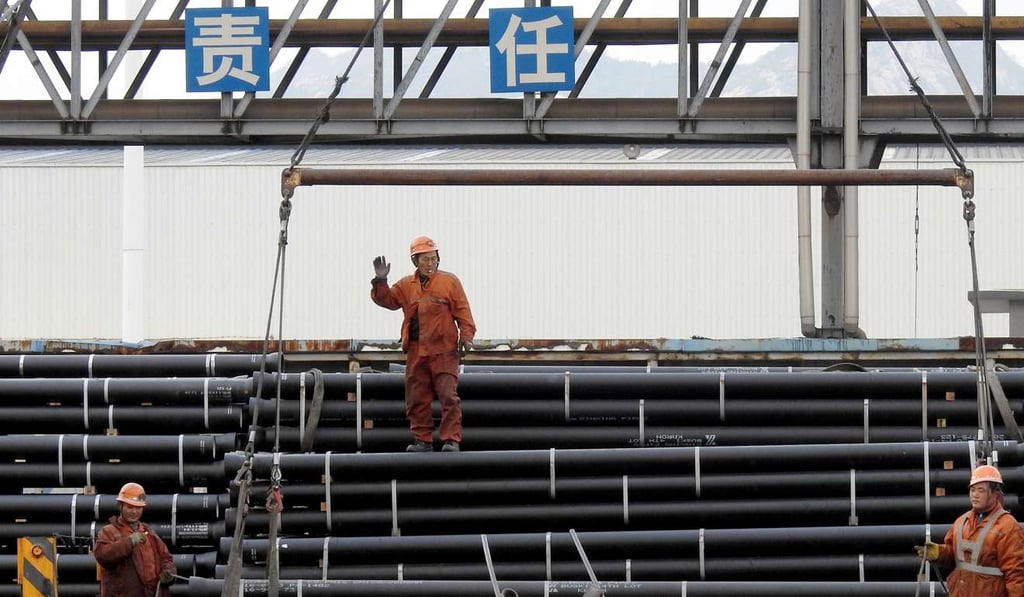Asia, led by China, set to play a bigger role in the evolution of global trade
As the world grapples with increased uncertainly following the unexpected turn of events last year, 2017 may be the dawn of a new era

Globalisation is under pressure, and with it, various forms of international engagement, from multilateralism and foreign investment to global security and more intrinsically, trade.
Based on an increasingly populist view that job losses and adverse economic impact have resulted from cross-border commerce, redistribution of manufacturing capabilities and competencies and offshoring, globalisation and trade has taken the brunt of bad press and negative reaction from anti-trade activists.
Geopolitically, trade has long been a channel for the exercise of influence and power. In the current context of populist engagement, trade is one of the targets for feelings of dissatisfaction and disenfranchisement.
This is despite the reality that trade has been creating value and enabling engagement around the world for centuries. As the world grapples with increased uncertainly following the unexpected turn of events last year, 2017 may be the dawn of a new era for trade and Asia.

The post-crisis context, with various policy and commercially based efforts to advance economic recovery, has resulted in a disruption and re-mapping of global trade routes, some in response to post-crisis protectionism and others following a shift in political relationships and market focus.